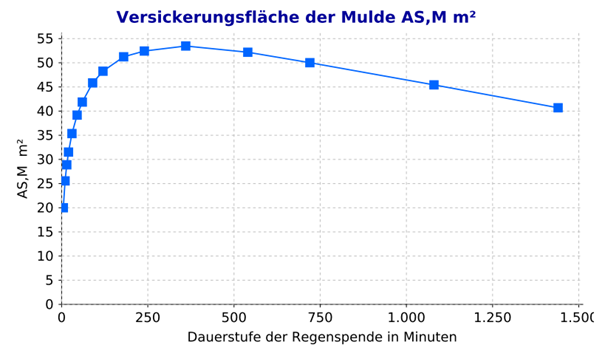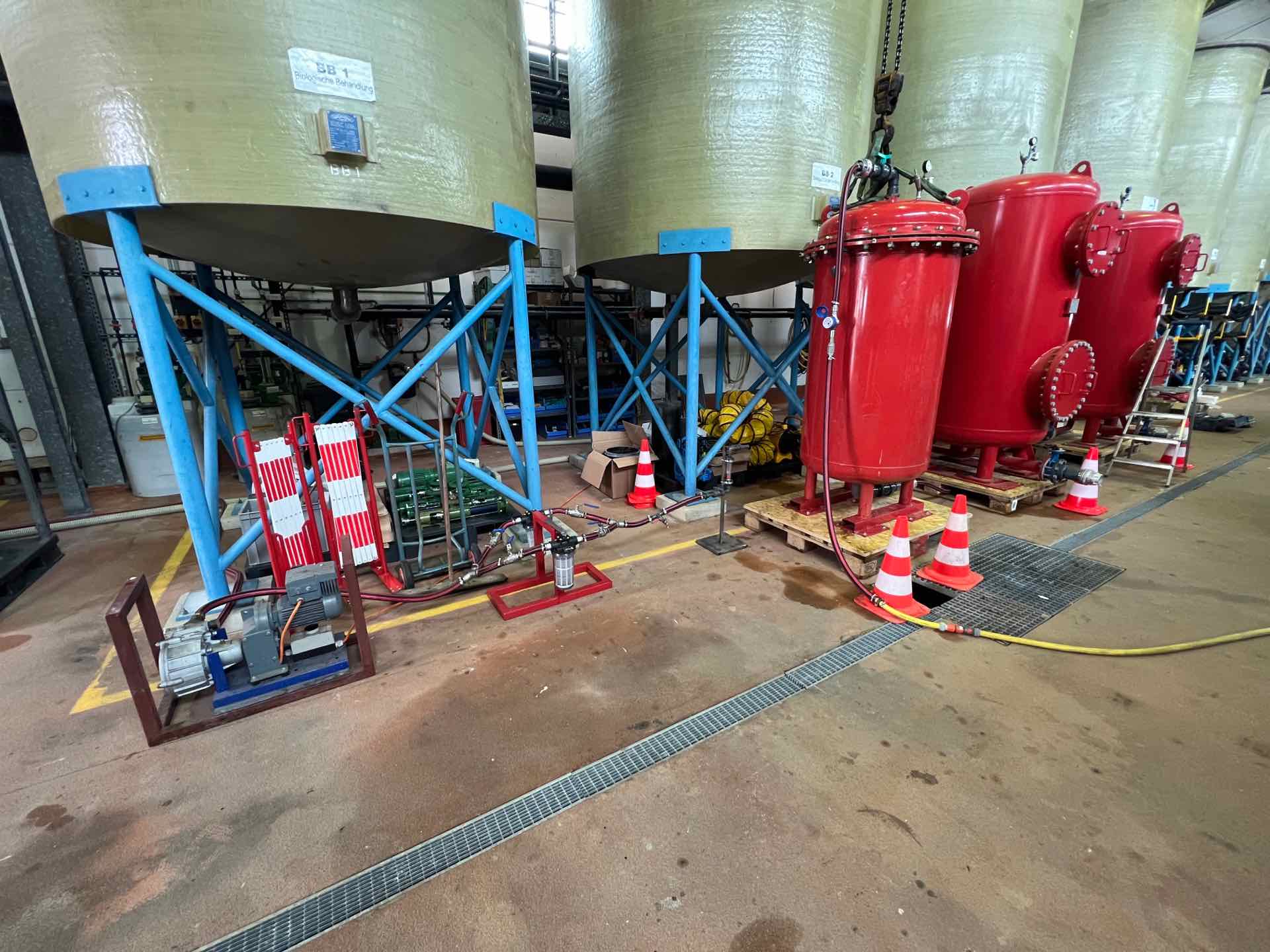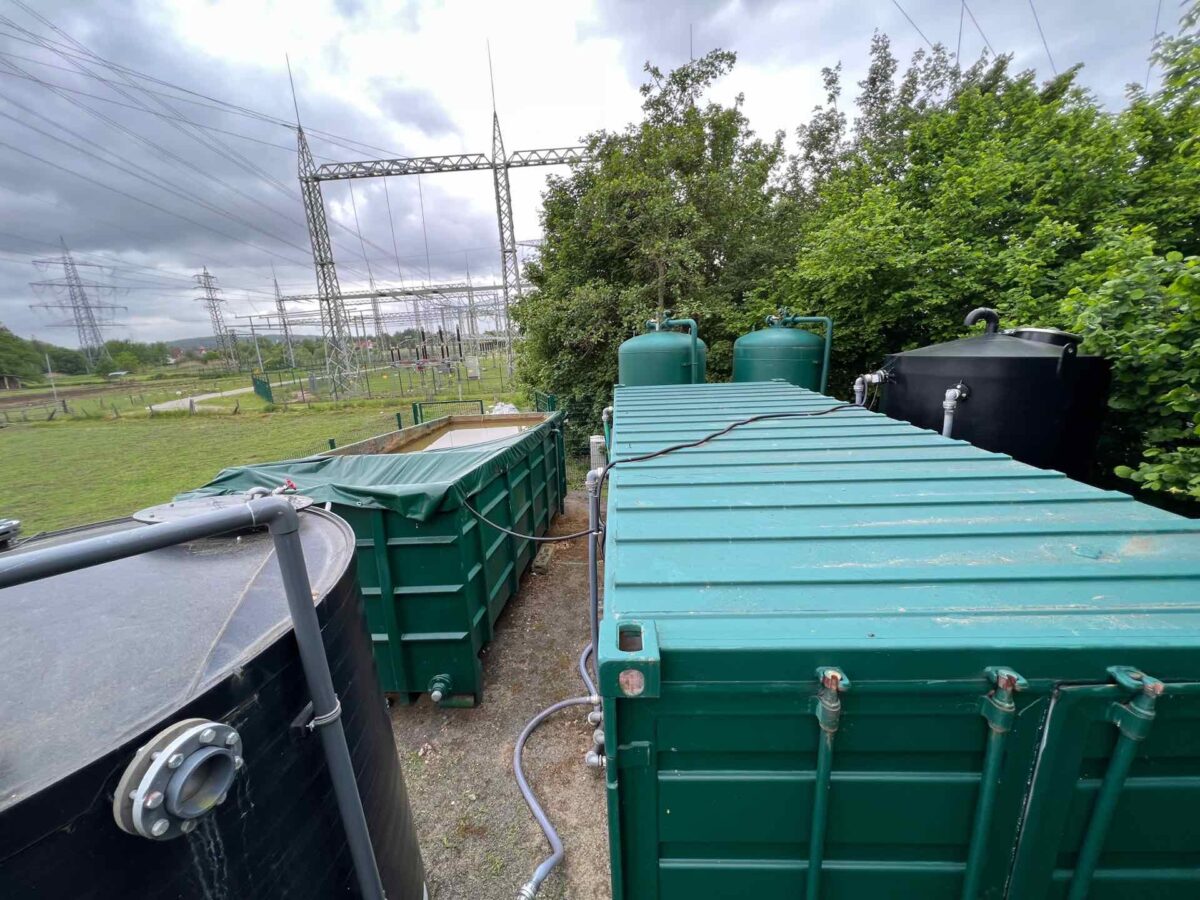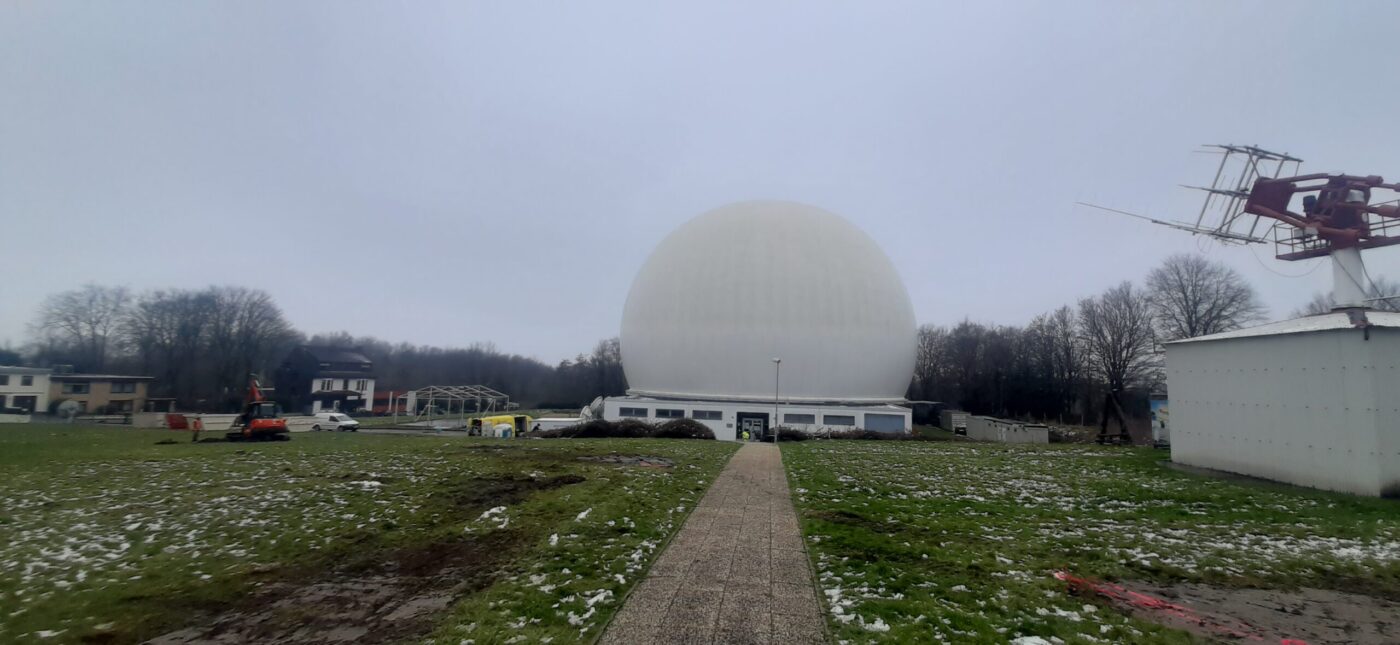

Where is the boundary of this old landfill in the current terrain? What fill thicknesses are to be expected?
Based on a historical map from the end of the 19th century and a digital terrain model from 2019, the terrain surface around 1900 was reconstructed and compared with today's surface. As neither the height accuracy of the surveys at the time nor the height reference systems used were known, it was not possible to determine a correction value to the current height network. Alternatively, the historical elevation model was compared with the current digital terrain model at reference points. For this purpose, terrain points of the historical infrastructure were selected whose elevations have remained largely unchanged to this day.
The height difference model derived from this shows fill and erosion areas as well as relative fill thicknesses. With the help of these two snapshots from two centuries, it was possible to visualise the core area of the fill. This result was also confirmed by the comparison with drilling profiles.
In this way, M&P combines historical documents with today's technology and thus creates a meaningful basis for future planning.
#Filling #Historical exploration #Contaminated sites #Engineeringforabettertomorrow #mupgroup #TTerrain model #GIS







